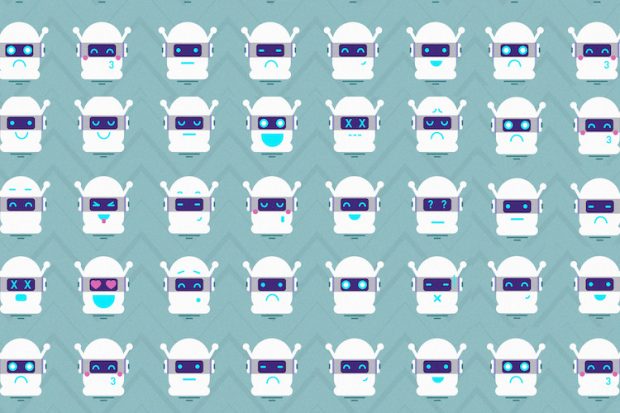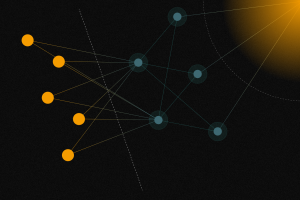Computer Networks in the Soviet Union
MIT Lecturer Vyacheslav Gerovitch on the idea of optimizing the Soviet economy with a computer network, the te...
In which sectors are UAVs currently being used? What is so difficult to understand about giving UAVs autonomy? What can we expect to see from UAVs in the near future? Senior researcher at 3D Robotics Brandon Basso explains issues currently surrounding UAVs.
The A in UAV is aerial and not autonomous, and a lot of people, I think confuse that a little bit. The interesting thing about what’s going on in UAV technology today is actually the autonomy. What that means is that the aircraft makes decisions for itself.

So today UAVs are used in a wide variety of applications. I think primarily the ones that people think of when they hear UAV, or especially the word drone, is they think about military applications. It’s interesting because these unmanned aerial vehicles have been around for a long time and have been used for a wide variety of things, but it’s really only the advent of things like the predator drone that have brought people to think about them as these aircraft’s primarily used by the military.
I guarantee that in 10 years from now, 20 years from now, there’s gonna be a set of applications that we’re gonna say, oh yeah it makes sense that UAVs are taking pictures on farms. But there’s gonna be a bigger set of applications that if we look at it now, we would say we never thought of that happening, because we are just not going to know what the technology can do until we put it out there in the hands of creative and inventive people, and they start doing creative and inventive things with it.

MIT Lecturer Vyacheslav Gerovitch on the idea of optimizing the Soviet economy with a computer network, the te...

Why do we need neural networks and how do we train them

MIT Professor Robert Langer on artificial organs, fibers encapsulation, and diseases that can't be treated wit...